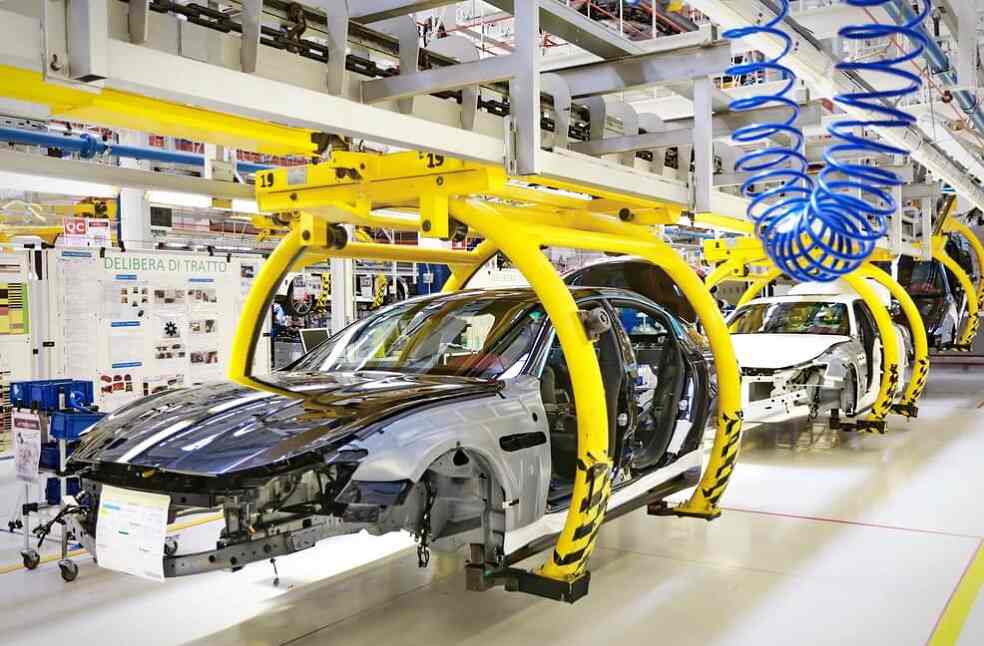Vietnam’s automotive market has seen strong growth, driven by government initiatives for boosting domestic vehicle production. Despite these efforts, imported cars remain the preferred choice among Vietnamese consumers, outpacing sales of domestically assembled vehicles, according to the Vietnam Automobile Manufacturers Association (VAMA).
Annual sales of new vehicles have surpassed 400,000 units, demonstrating the market’s expanding potential. However, the proportion of imported cars in Vietnam’s auto market has increased significantly over recent years. From 2016 to 2023, the market share of imported cars rose from 22.1% to 30.8%, with this trend continuing into 2024.
Data from the first nine months of 2024 highlight the dominance of imported vehicles. Domestically assembled car sales dropped by 7.5%, totaling 113,641 units sold, while sales of imported cars surged by 28.5%, reaching 111,942 units during the same period compared to 2023.

Popular new car models like the Mitsubishi Xpander, Ford Everest, Hyundai Stargazer, and Toyota Yaris Cross have led the sales charts, with many of these being imported. In Vietnam’s growing used car market, the preference for imported models is even more pronounced. Between 2019 and 2022, imported vehicles accounted for 37% of used car listings, which surged to around 50% by 2023, a level maintained in the first nine months of 2024.
Larger vehicle segments such as MPVs, SUVs, and pickup trucks are highly sought after, with the Mitsubishi Xpander standing as a prime example. In the used market, imported Xpanders were advertised more frequently than their domestically assembled counterparts, with nearly 4,000 used imported models listed in the third quarter of 2024 alone.
Similarly, SUV models like the Toyota Fortuner and Ford Ranger, which have been domestically assembled since 2019 and 2020, still see significant demand for their imported versions. In the smaller vehicle category, used imported models such as the Kia Morning and Hyundai Grand i10, particularly those from 2015 and earlier, remain in high demand despite local assembly.

According to experts, consumer perception plays a key role in this preference. Imported vehicles, especially those from Thailand, Indonesia, Japan, and South Korea, are often perceived as higher quality than domestically assembled models. This belief continues to drive the demand for imported cars, with many consumers willing to pay a premium for foreign-made vehicles.
Thailand and Indonesia are Vietnam’s top sources for car imports. In 2023, these two countries exported significant numbers of vehicles to Vietnam, with Thailand exporting 775,700 units and Indonesia one million units. The preference for imported vehicles is also evident in online searches, with over 372,000 searches related to car origin in the third quarter of 2024, surpassing those for other features such as colour.
In the used car market, imported versions of popular models often command higher prices than their domestically assembled counterparts. For instance, a 2022 Hyundai Creta, imported before domestic assembly started, resells for VNĐ5 million more than the 2023 locally assembled version. This price difference is even more noticeable with models like the 2021 Ford Ranger and Toyota Fortuner, where imported vehicles generally fetch higher resale prices, reinforcing the enduring perception of superior quality associated with imported cars.
LATEST | Bajaj Auto Invests $10 Million to Boost Expansion of Brazilian Subsidiary





